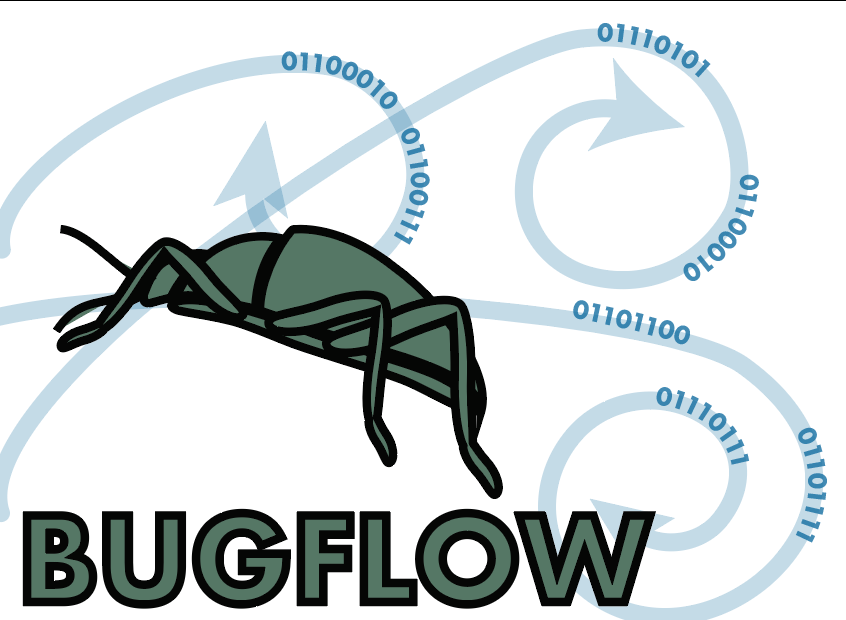Module 3A: Direct Label Transcription
Module Purpose:
This module is intended for capturing the primary label data from a pinned and vialed specimens.
Module Keywords:
Pinned, Pointed, labels, specimen, transcribe
| TaskID | Task Name | Explanations and Comments | Resources |
|---|---|---|---|
| T1 | Select and transport containers to database station. | ||
| T2 | Select specimen for data entry. | ||
| T3 | Remove or space labels | Labels can be spaced (pins) or removed (vials) to allow for easy reading. Slides and envelopes often do not need removal or spacing. If pinned, maintain pin order, top to bottom to facilitate label re-insertion. For re-inserting pins into labels, turn label upside-down and flatten original hole with broad end of forceps, this allows the same hole to be reused and the label to be secure. | Train data technicians on particular label characteristics peculiar to the collection, including peculiarities of handwriting or frequent occurrence of cryptic notations made by major collectors represented in the collection. Find links to instructions and label forceps @mandrewj |
| T4 | Add unique identifier label | Specimens should be individually and uniquely identified with a catalog number. This step may have been done at a later stage, and may not be needed. Do not add another unique identifier if not needed. | |
| T5 | Transcribe the writing and other information on the labels into a verbatim field(s) as much exactly as it appears on the label as possible. | Separating the parsing and transcription tasks allows for better quality control and verification of the content of labels in the future. If desired, these labels can be split into verbatim “Determination”, “Collecting Event”, and “Other” fields. | TaxonWorks Transcription SOP |
| T6 | Record other information not indicated on labels. | Examples: number of specimens (typically one, but not always), condition of specimens, whether with associated dissections, etc … | |
| T7 | Save record in database or spreadsheet with newly assigned unique number. | ||
| T8 | Record who has done transcription. | This can include both transcriber and the project during which it was transcribed. |
Essential Training:
Specimen handling
Label handling
Data recording best practices
General collections organization
Collection-specific historical & legacy organization system(s) Collection oddities, quirks Darwin Core Dublin Core
Exemplar Workflows:
TAMU TPT Ectoparasite Vial Specimen Protocol and example Metadata Template.
See also Bugflow workflows folder.
Module Metrics, Costing, and Reporting: Number of records per hour
Number of images per hour
Number of specimens damaged during digitiization
Number of field book pages captured per hour
Outreach Opportunities:
List outreach opportunities that arise in workflows using this module (reference specific TaskIDs).
Discussion:
No discussion yet. Open an issue and reference this module to start discussion.
